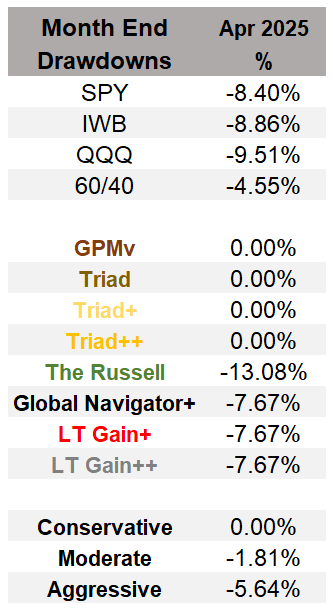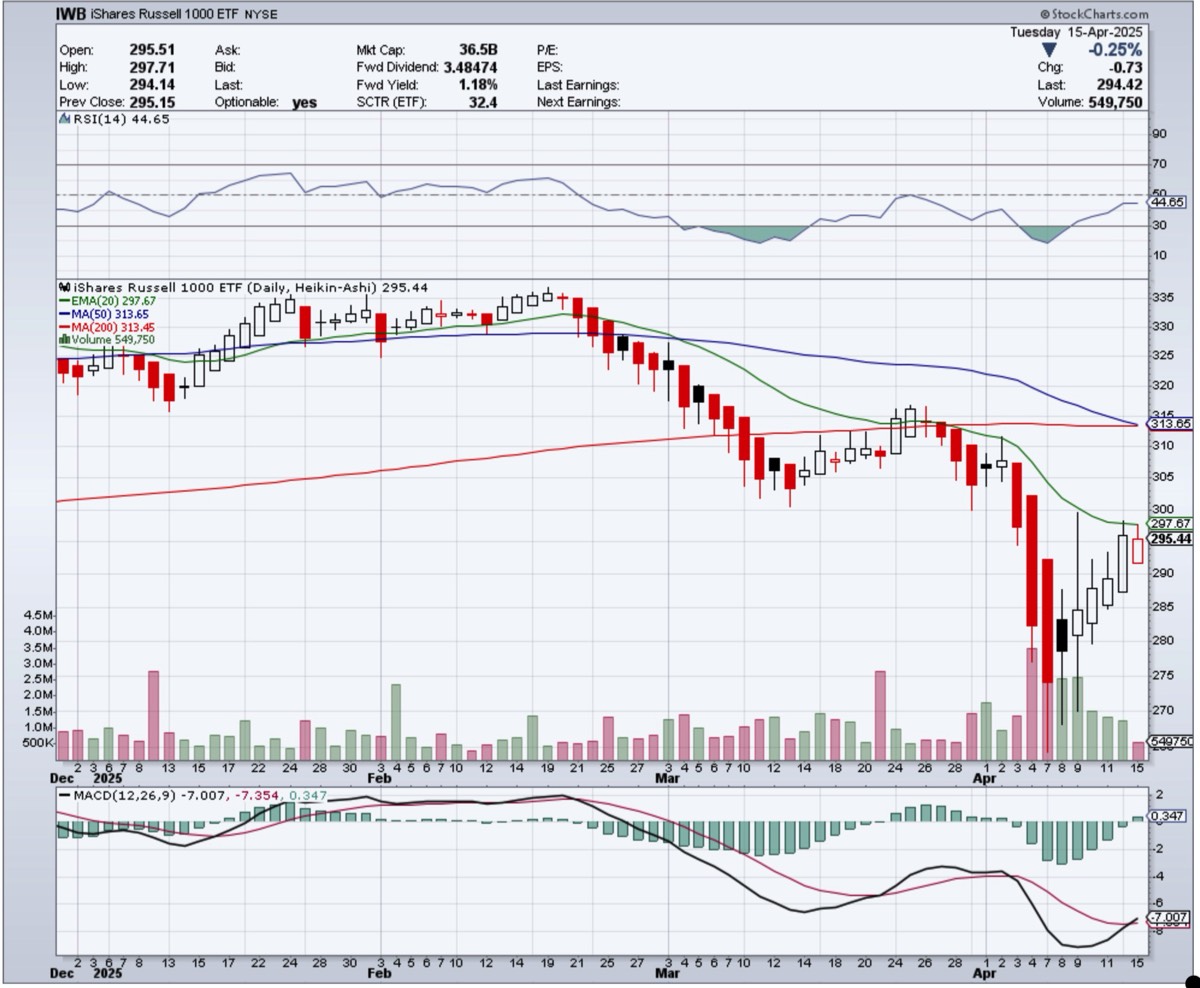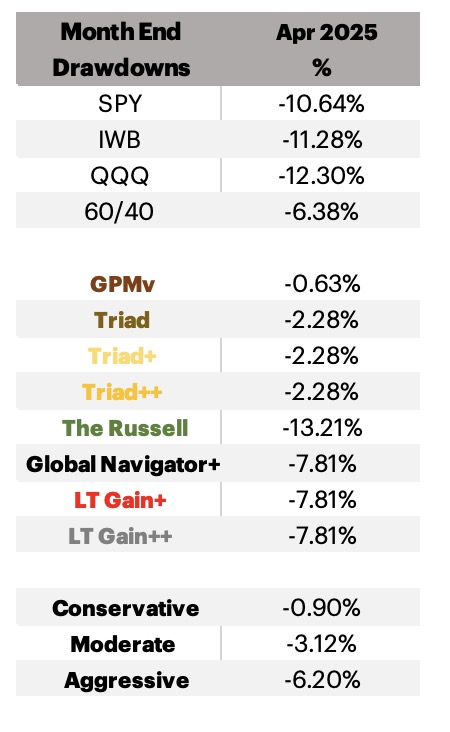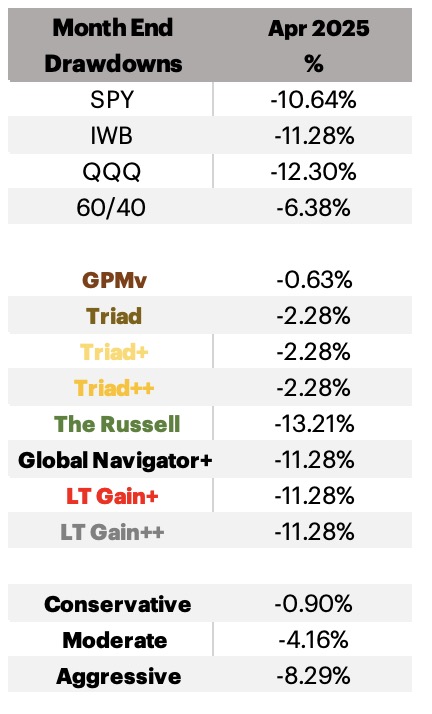I 'eat my own dog food', meaning that I invest in the DMS strategies. I want to briefly go over two slight deviations that I make in my personal investing compared to the DMS strategies.
DBMF & CTAFirst let me say that following the DMS strategies works extremely well for me, I just follow what they say to do, it works out to my benefit compared to using my own personal thoughts and judgements about what do to with investments at any given point in time. The models are far more objective.
Anywhere that the Managed Future ETF DBMF is used in DMS individual strategies, or in a holding as in the Model Aggressive Portfolio, in my accounts, I actually split that 1/2 to DBMF and 1/2 to CTA. I don't see that it would be a bad idea to go 1/3rd each into DBMF, KMLM, and CTA; but since DBMF and KMLM tend to move more similarly to each other I don't go thirds. This was driven from a bit of FOMO as CTA just kept ripping while DBMF kept drifting lower. I am not at all giving up on DBMF, but I appreciate the combination of DBMF+CTA. I have thought about changing Bamboo Allocation to include CTA, but for now will leave as is with DBMF.
BND & CAOSThe Bamboo Allocations are were designed to be the buy and hold part of your portfolio. Something more diverse than a 60/40, with lower volatility and good long term performance, unaffected by going Risk On and Risk Off - riding out ups and downs but with a 60% holding of non-equity market holdings.
I have recently become aware of the
Alpha Architect ETF CAOS. I just love it for Bamboo to replace the Bond holding, but CAOS is fairly new and doesn't have long term performance results.
CAOS is a tail risk ETF but unlike the others that I aware of, it tends to generally match the Total Bond performance day in and day out (with less volatility) with the added kicker of large increases when there are big drops in the market.
I will be swapping out BND for CAOS in my personal Bamboo Allocations, with the idea of just holding it. However, if when encounter a large drop in the markets, if CAOS results in outsized gains as a result, I will likely sell the CAOS and park that money in another Alpha Architect ETF, BOXX, for a year and then re-deploy into CAOS. Hopefully this will make positive gains when market chaos reigns, with CAOS.





